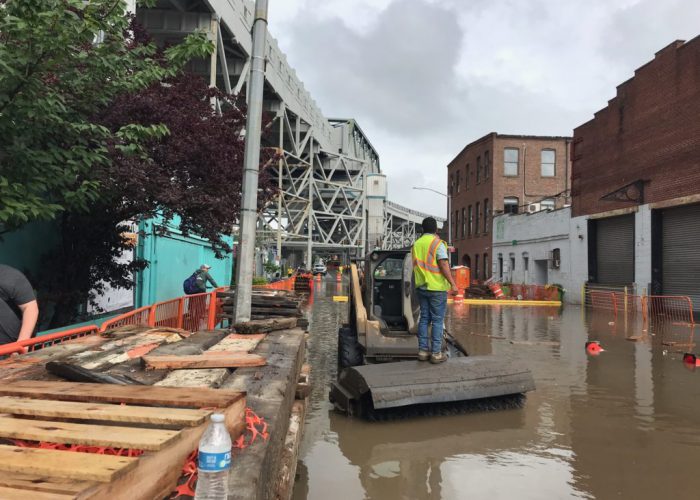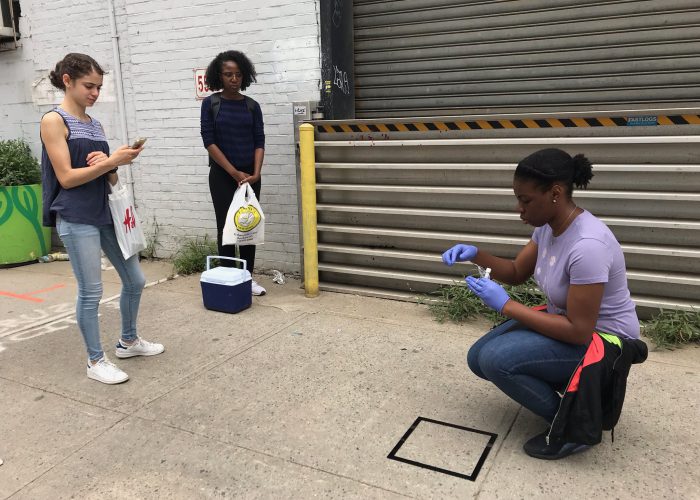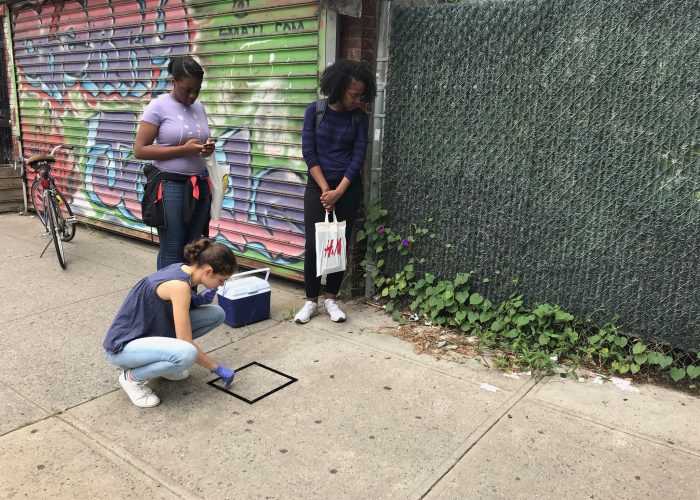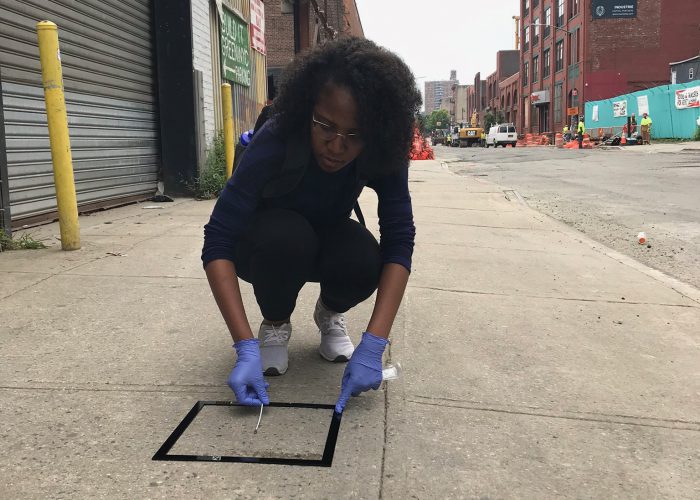



Of the myriad impacts that are predicted to accompany climate change, flooding is expected to have an outsized influence on public health and infrastructure in urban areas. In New York City, for example, sea level rise has led to a dramatic increase in flood risk, particularly in low-lying and coastal neighborhoods. Urban flood water contains a diverse array of contaminants, including industrial and household chemicals, fuels and sewage found in an urban environment. These contaminants can be deposited on flooded surfaces, presenting exposure risks even after flood waters have receded. NYC’s combined sewer system – consisting of stormwater and municipal sewers combined in the same pipe – presents an additional challenge.
After an urban flood event, we hypothesize that the microbial population on urban surfaces (e.g., sidewalk, soil, walls or floors of homes) shifts to reflect the community of microorganisms in sewage, including both commensal and pathogenic organisms. There are many questions that are subsequently raised related to the evolution of the microbial community on different surfaces in the aftermath of a flood. How does the the community fingerprint reflect the flood event? And, are there lingering health risks from sewage microorganisms after flood waters recede?
Project website is here.
Interested in this project? We are looking for students and collaborators with experience in IoT sensor development, microbiology, computational biology, molecular biology, city planning, mapping, web development. Reach out!
Interested in this project but none of the above apply? Reach out anyway!